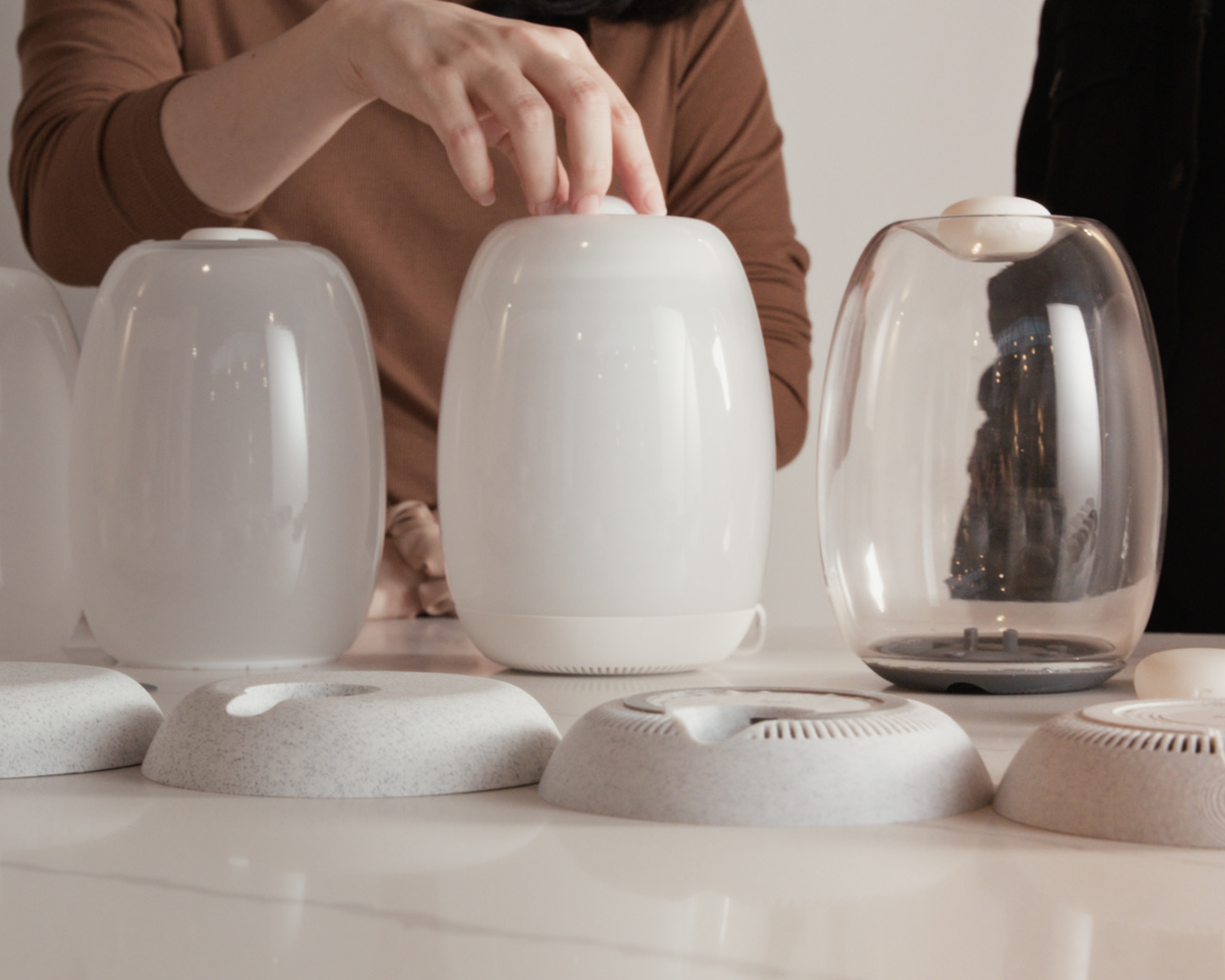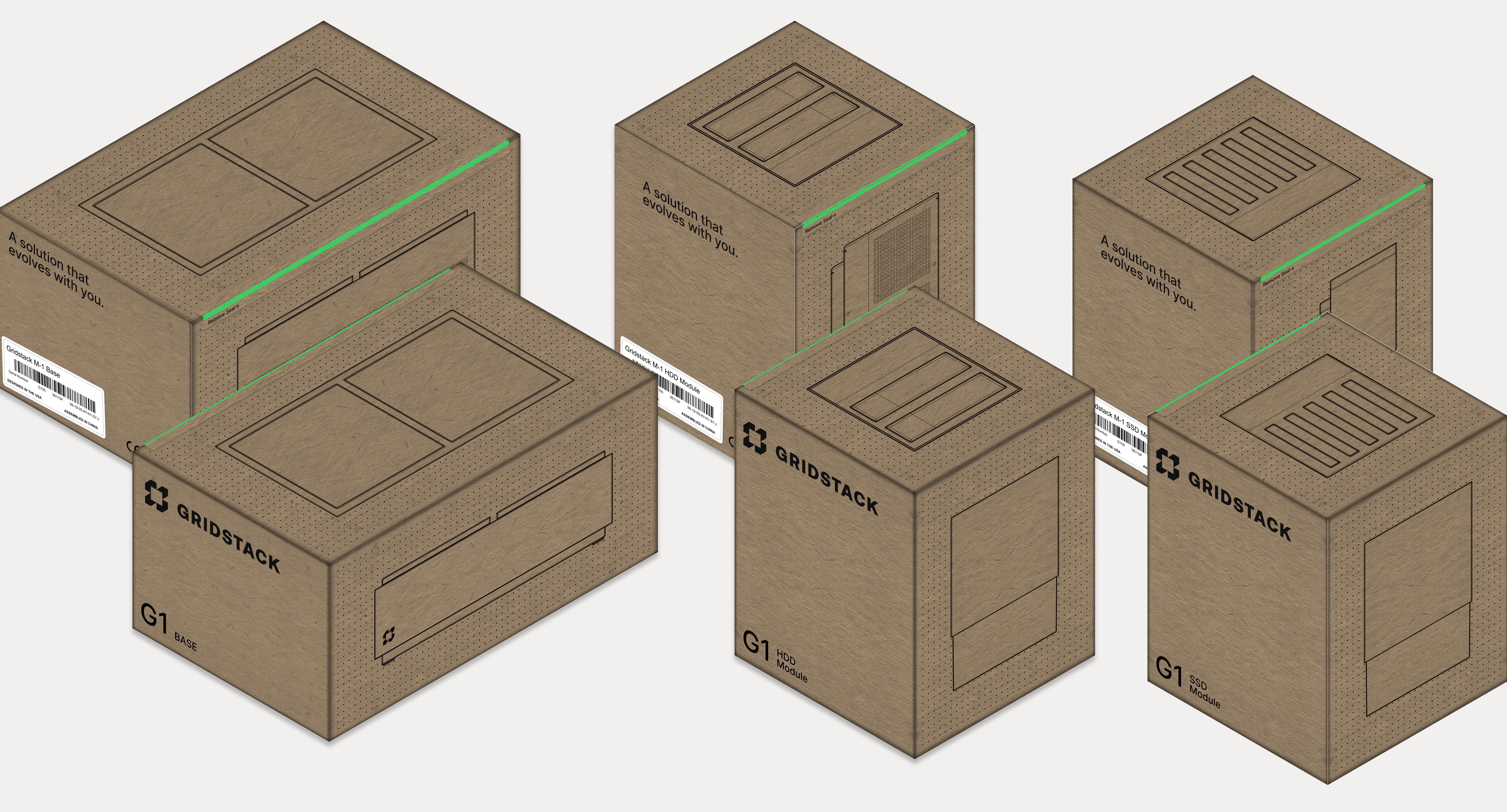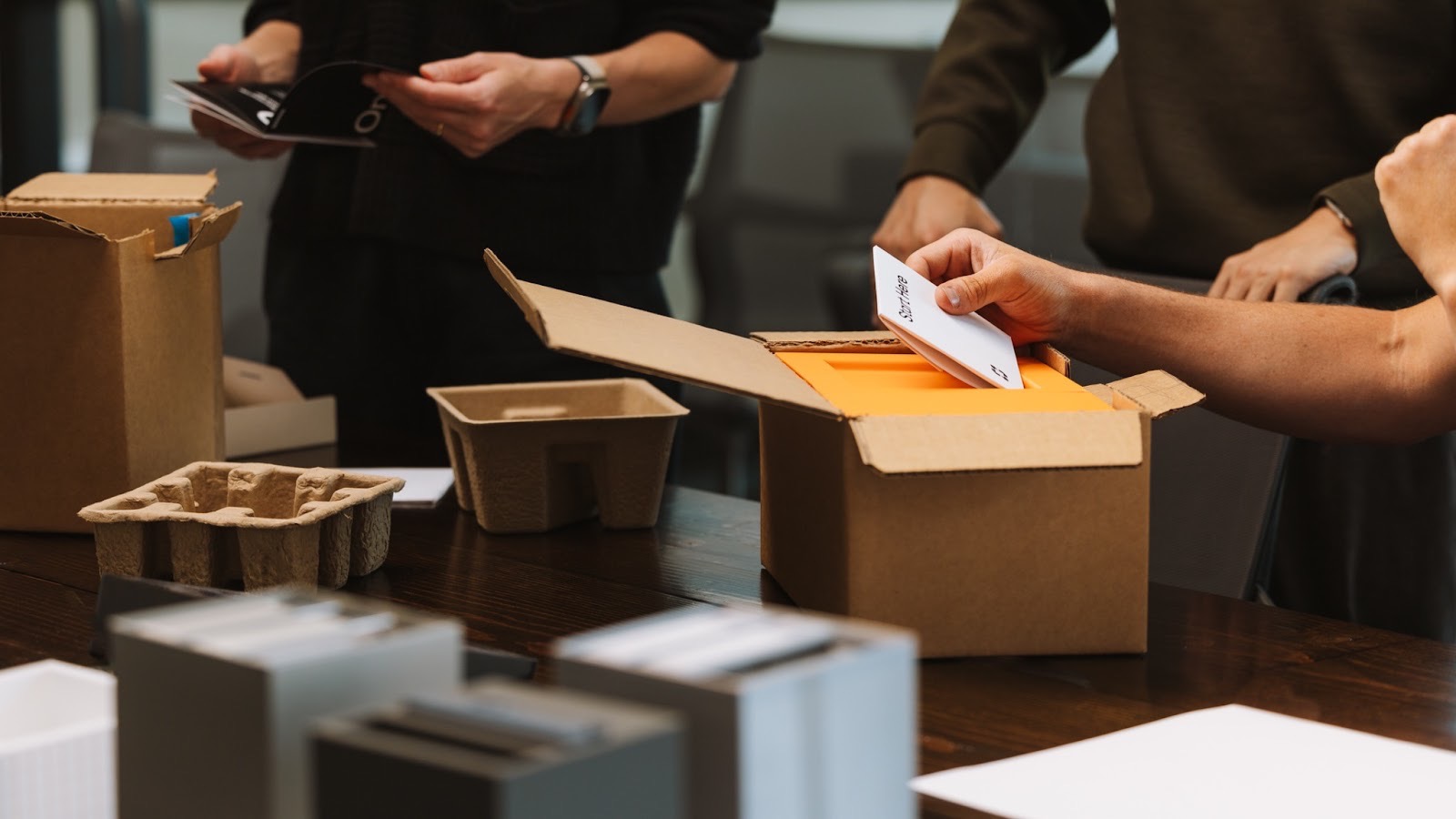
This article was based on an interview with our partners at Zenpack

Packaging is one of design’s most overlooked elements. It’s often considered a means to an end but move beyond the function and it can be so much more than that. Packaging is the first physical experience a customer has with your product. That interaction can set the tone for the entire brand. Done right, packaging builds trust before the product is even used. It becomes the first chapter in a larger story, one that’s remembered long after the box is opened.
Historically, packaging existed to serve a function. Early materials like leaves, crates, and barrels were about protection and transport and were entirely utilitarian in nature. But as the industry evolved, so did expectations. Materials like paperboard and tin allowed companies to standardize how products looked and traveled. Over time, packaging began to communicate something more about quality, identity, and the brand behind it.
In today’s marketplace, packaging has taken on new responsibilities. It still needs to protect, but it also needs to connect emotionally, support sustainable values, and adapt to shifting business models. What used to be a static container is now a dynamic part of the product experience.
The experience of unboxing is incredibly important. Our partners at Zenpack call it “unboxing science.” The way a lid lifts, how a tray unfolds, whether a tab has just the right amount of friction these small moments shape how a product is perceived. They also influence how we remember it.
When we worked with Atoms, an innovative shoe design company, the team was trying to solve a common problem: how to buy shoes online and get the perfect fit the first time. Customers were encouraged to order three sizes, choose the best fit, and return the rest. That model required more than clever logistics. It needed a packaging system that made the entire experience feel considered.
We designed a box that arrives fully expanded, with all three pairs inside. When the customer selects their size, the box folds down to accommodate the return. Tear strips and visual cues guide the process, making it simple and satisfying. The packaging became an elegant service layer, turning an uncertain task into a brand-defining moment.

Every product has its own rhythm, and the packaging should reflect that. For something premium or symbolic, a slow reveal might make sense. For an everyday utility, instant access is more appropriate. Compare a Rolex watch and a baby bottle. A Rolex is luxury and premium, therefore its packaging design needs to reflect its identity. Having multiple layered materials and high quality finishes all help build anticipation and a sense of prestige. A baby bottle on the other hand, needs to serve an immediate function. In that case, packaging should be easy to take apart and dispose of, the product should be easily accessible, and instructions easy to find.
Great packaging doesn’t just serve the product, it speaks to the person opening it. The details, however subtle, should reflect the habits, preferences, and mindset of the user.
With Gridstack, a NAS device for digital storage, we were designing for digital creatives, people fluent in visual language and attuned to detail. We knew creatives would appreciate attention to detail, so the packaging incorporated design elements familiar to their world. A dot grid pattern added texture and visual rhythm. The illustrations were clean, informative, and aligned with the brand’s digital presence.
The experience didn’t rely on flash or decoration. Instead, it delivered a sense of alignment. The packaging felt like part of the same creative system as the product inside.

The job of packaging has grown more complex. It needs to ship safely, support e-commerce models, hold up to returns, and align with environmental expectations.
This is especially true in fast-shipping and high-return categories, where boxes are increasingly expected to survive more than one trip. A good packaging system should unfold easily but also reassemble intuitively. It should protect both product and perception.
And beyond that, it should be responsible. Sustainability is no longer a differentiator, but an expectation. People want to know if your box can be composted or reused. They’re asking about carbon footprint, material sourcing, and end-of-life impact, and they’re making decisions based on those answers.
The Leitz Icon Smart Labeling System demonstrates how sustainability and experience can go hand-in-hand. Each label roll comes in a cartridge made from recycled thermo-formed paper pulp, which doubles as both protective packaging and a functional part of the printer. Instead of throwing away excess packaging, users simply drop the cartridge into the device and continue working. This dual-purpose design reduced waste, simplified usability, and reinforced the brand’s environmental values.
When packaging is treated as part of the product ecosystem, it creates lasting impact on both the user and the planet.
Packaging shouldn’t trail behind product development. It should evolve in parallel, reflecting the same priorities, values, and user insights.
Design the unboxing sequence to mirror the product’s purpose, whether that calls for restraint, speed, or surprise.
Sound, weight, texture, and pacing influence how people feel. These elements create the kind of attachment that lasts far beyond first use.
Today’s packaging must be returnable, reusable, and ready for multiple lives. Think about what happens to the box after it’s opened, and design for that journey, too.
Packaging has always had a job to do. But the nature of that job is changing. We believe the future of packaging won’t just be about better boxes, but smarter systems. A single box might now need to perform in a fulfillment center, protect in shipping, delight in unboxing, and then fold back up for a seamless return.
A century ago, packaging was handcrafted and built to last. Then it became disposable. Now, it’s finding its next form: reusable, data-driven, and deeply tied to new business models. Whether that means refillable vessels, branded return systems, or subscription-ready containers, the box as we know it is evolving into something else entirely, an active part of the product ecosystem.